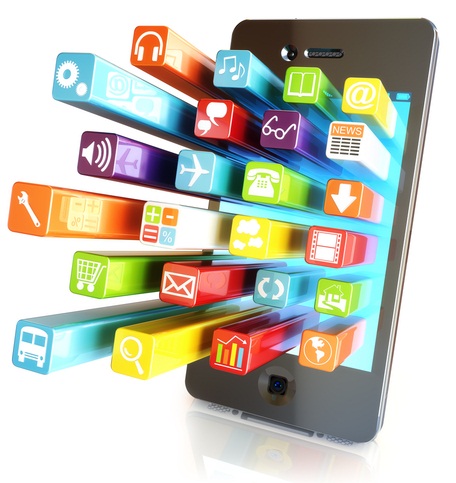Google’s Android mobile operating system ranked as the top smartphone platform with 51.7 percent market share, while Apple led as the top OEM with share of 38.9 percent, according to the latest ComScore MobiLens service, which reported key trends in the US smartphone industry for the three-month average period ending February 2013.
Newly revamped BlackBerry ranked third with 5.4 percent share, followed by Microsoft (3.2 percent) and Symbian (0.5 percent).
iPhone on the rise
The company’s latest report revealed that 133.7 million people in the US owned smartphones, good for 57 percent mobile market penetration, during the three months ending in February. This represents an 8 percent rise since November.
The iPhone helped propel Apple to the top spot among OEMs for the three months ending in February, representing a 3.9 percentage-point rise from November.
 Samsung, the OEM behind the popular Galaxy series of smartphones, ranked second, with 21.3 percent market share (up 1 percentage point). HTC followed, with a 9.3 percent share; Motorola, with 8.4 percent; and LG, with 6.8 percent.
Samsung, the OEM behind the popular Galaxy series of smartphones, ranked second, with 21.3 percent market share (up 1 percentage point). HTC followed, with a 9.3 percent share; Motorola, with 8.4 percent; and LG, with 6.8 percent.
HTC is looking to Facebook to help boost its struggling fortunes in the market. On 4 April, the company was part of a major press event featuring Facebook chief executive Mark Zuckerberg unveiling the HTC First, a smartphone built around Home, the social networking site’s software layer that connects users with their Facebook contacts.
In a signal that Apple is facing a mounting threat to its standing in the market, the First runs rival Android’s operating system and boasts a 4.3-inch display. Apple has come under increasing pressure to provide a larger screen for the iPhone.
Large displays
The iPhone 5 was the first Apple handset to feature a 4-inch screen, while Samsung, among many others, has been moving faster in the direction of large displays. The latest Galaxy S smartphone from Samsung, for example, sports a 5-inch high-resolution screen.
Other OEMs, including HTC, Sony and Nokia, are offering 5-inch displays as a way to lure customers. In essence, Apple is fighting on two fronts – against OEMs and their handset designs, as well as the increasing ubiquity of the Android platform, which can be found on a wide variety of smartphones at multiple price points.
For the three-month period ending in February, Android accounted for more than half (51.2 percent) of smartphone sales, up 5.8 percent from the same period last year, according to data released by Kantar Worldpanel ComTech earlier this week.
Sales of Apple’s iPhone helped keep the iOS platform in second place with 43.5 percent of smartphone sales. However, that figure was down 3.5 percent from last year.
A March report from IT research firm IDC projected the worldwide smart-connected device space will continue to surge with shipments surpassing 2.2 billion units and revenues reaching $814.3 billion (£530bn) in 2017.
Worldwide shipments of smart-connected devices grew nearly 30 percent year-over-year in 2012, crossing 1 billion units shipped with a value of $576.9 billion.
Do you know all about 4G and the mobile future? Take our quiz.
Originally published on eWeek.





